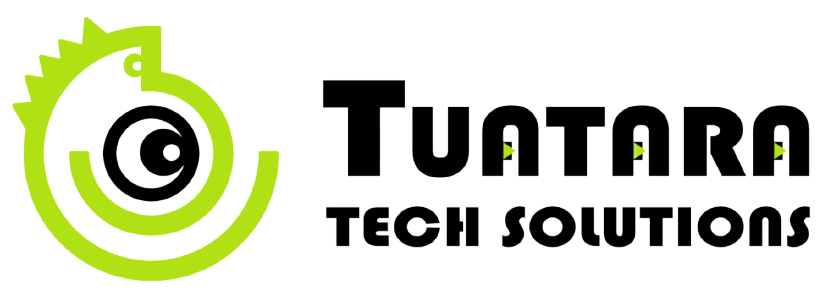- If we can define it, we can measure it;
- If we can measure it, we can analyze it;
- If we can analyze it, we can control it;
- If we can control it, we can improve it.
Work procedures, more than any other single factor, affects the growth of a company the most. Cost of poor quality is extremely underestimated by most companies, hence they blindly go ahead with their own version of improvisations and cost cuttings without measuring the cause and cost of those exercises. Many seemingly quick solutions of cost cutting, drastically affect the quality of the output, this could be in terms of product quality or work output. Pushing performance under stressful circumstances produces sporadic bursts of good outputs, but on empirical measurements they amount to very little, yet many managers and business owners fall into the trap of seeing spurts of fast paced output to extrapolate unrealistic results. It is like measuring the speed of Usain Bolt for the first 10 seconds and concluding that the 26 mile marathon could be run in 67 mins, while the fastest ever in the world took over 2 hours.
Often startup companies do not bother having sufficient buffer and setting up contingencies in their work planning, that is the result of not analyzing the cost of poor quality. When the cost of errors is analysed thoroughly, one notices that the initial benefit of speeding up growth without sufficient buffers, gets washed out over a longer duration of time due to the increase in the frequency of errors. This systemic flaw sets in right at the beginning, usually the sample of work process taken is of a very short time period for building assumptions about the business, on the basis of studies done in haste to develop a work procedure. The initial acceleration due to the overall push that comes in the form of lesser controls on tangible resources as well as intangible factors like enthusiasm, optimism, unobstructed initial ideas and the novelty of a new project gives an unrealistic projection with the given resources.
A work procedure can only be developed and finalised after about 3 months of data collection. During the period of time that the data collection is being conducted one should try to keep the variations in procedures to a bare minimum and only alter a process if it is obviously flawed. The process study must not be taken lightly at this point of time, and must be carried out as detailed as possible. The key to analysis is knowing what is relevant and filing that data in a structured form. Sample size of data collected accurately is finally what enables one to get the most successful work flow process for an organization.
A common reason for failing to get proper analysis is the tendency of management to undermine the data collector’s job by getting them to do other unrelated tasks because the process of data collection seems passive and does not look like an important task. This becomes apparent in the example case of a security guard sitting at his guard post the whole day doing what seems to be nothing, he is hence given few errands initially, and then more frequently to make him more useful or in general management view, make him work for his salary, thus he may not be available at the actual time that some untoward event happens and would have failed in fulfilling the actual purpose of his role.
While planning a work procedure the first question should be the why, the reason you need the procedure for. Then define it in words, the process as well as the expected end result must be kept in mind. Only after that can you evaluate the process at the end of having collected the required sample data. Any plans to improve on the process must not be carried out during the data collection stage to prevent missing out on valuable threats and flaws that can be corrected if they creep into the process killing productivity. When we analyse sufficient data we can start to put checks and balances to prevent failures, you can start to control the flaws, work on the strengths of the processes and only after that can you work on improving the entire procedures to help you reach your goals.

